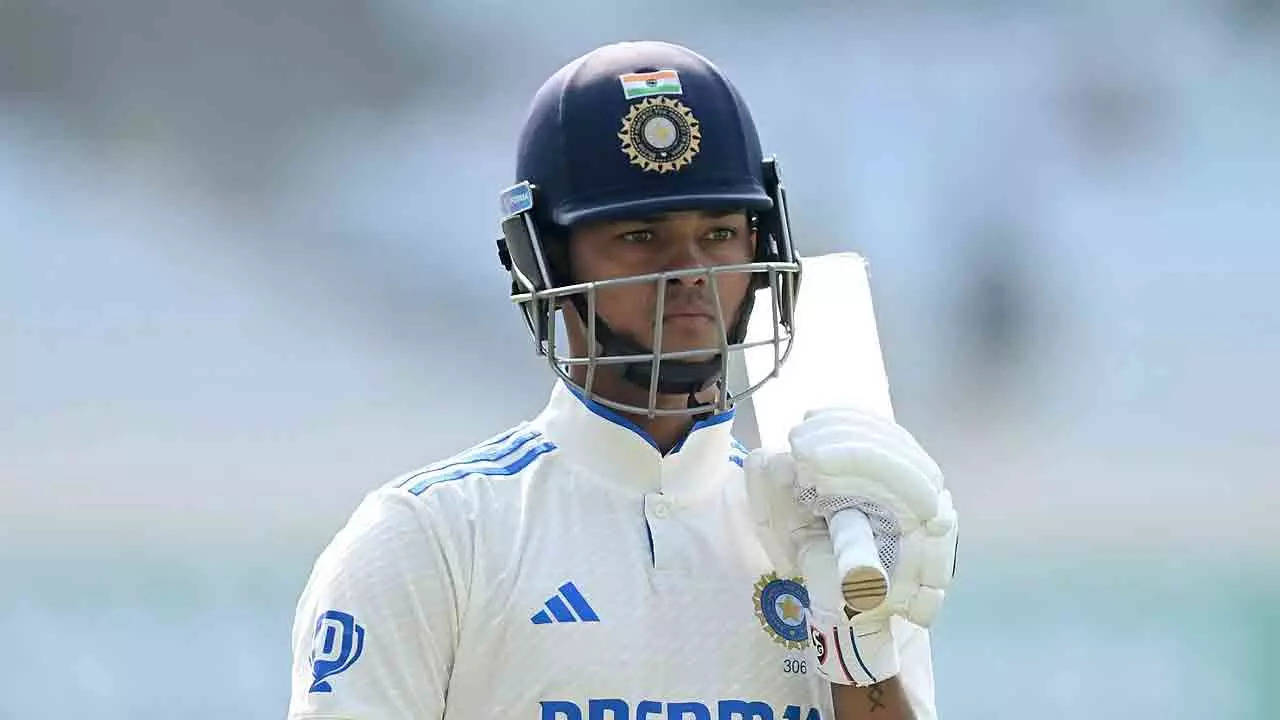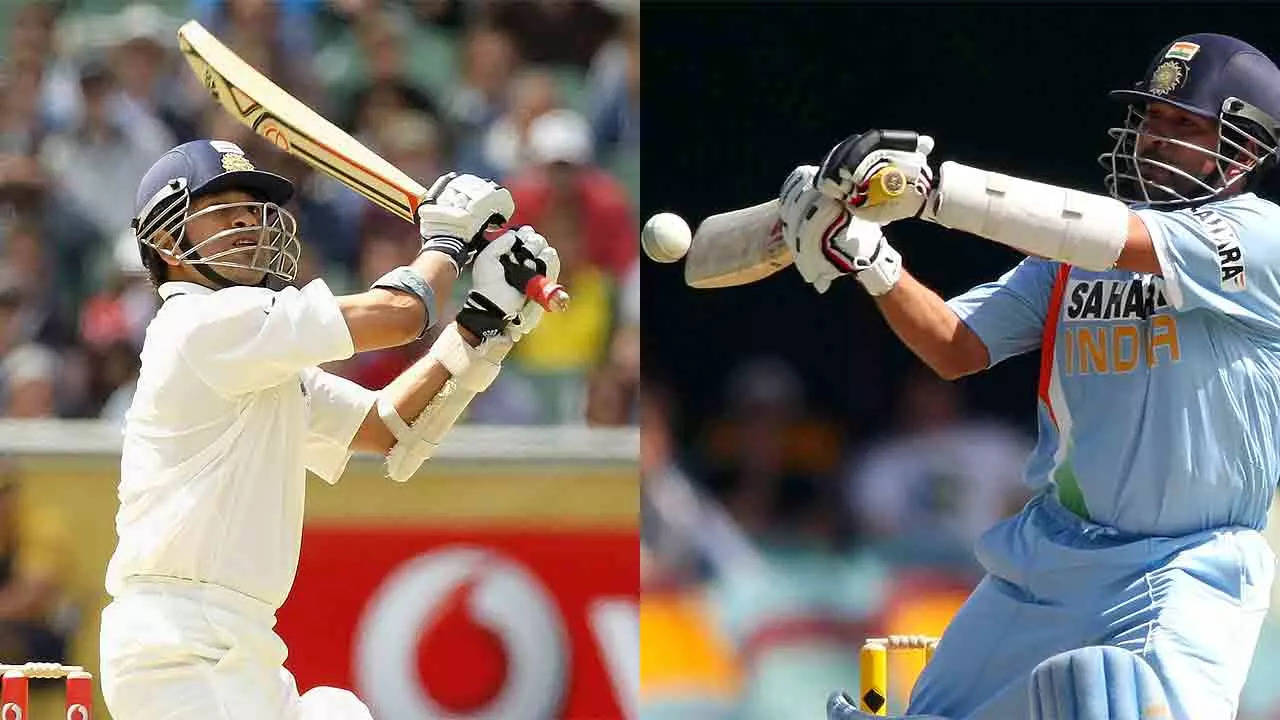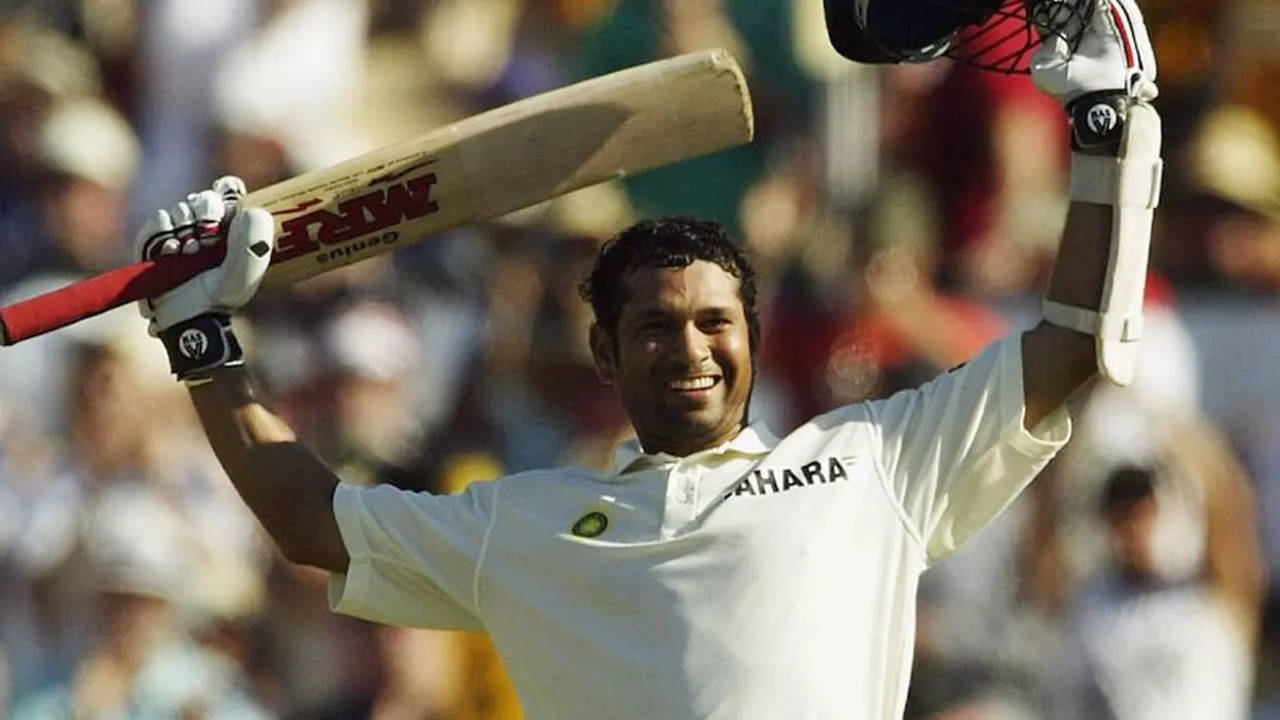Yashasvi Jaiswal: India’s Rising Star with Adaptability and Versatility
Yashasvi Jaiswal, the rising star of Indian cricket, has quickly ascended the ranks with his exceptional adaptability and versatility. His impressive performances have earned him high praise from his captain, Rohit Sharma, who believes he possesses the potential to succeed at the highest level.
Jaiswal’s ability to switch gears seamlessly between attacking and defensive play has been a key factor in his success. Despite his aggressive approach, he maintains a cool head and executes his shots with finesse. This adaptability has allowed him to excel in both home and away conditions.
In his debut Test against the West Indies, Jaiswal showcased his patience and resilience by spending over 500 minutes at the crease to score a 387-ball 171. However, in the following match, he displayed his versatility by scoring a quick-fire 74 off just 57 balls.
Jaiswal’s consistency has been remarkable, with at least a half-century in each of his seven home Tests. He has also notched up two double centuries, including a staggering 901 runs in seven matches.
Rohit Sharma has been a staunch supporter of Jaiswal, recognizing his talent and potential. “He has the game to suit any conditions,” Rohit said. “He is new to international cricket, but he has all the ingredients for success.”
Jaiswal’s adaptability and versatility make him a valuable asset to the Indian team. As he continues to learn and develop, he is poised to become a key player in India’s quest for success in the upcoming Test series in Australia.







